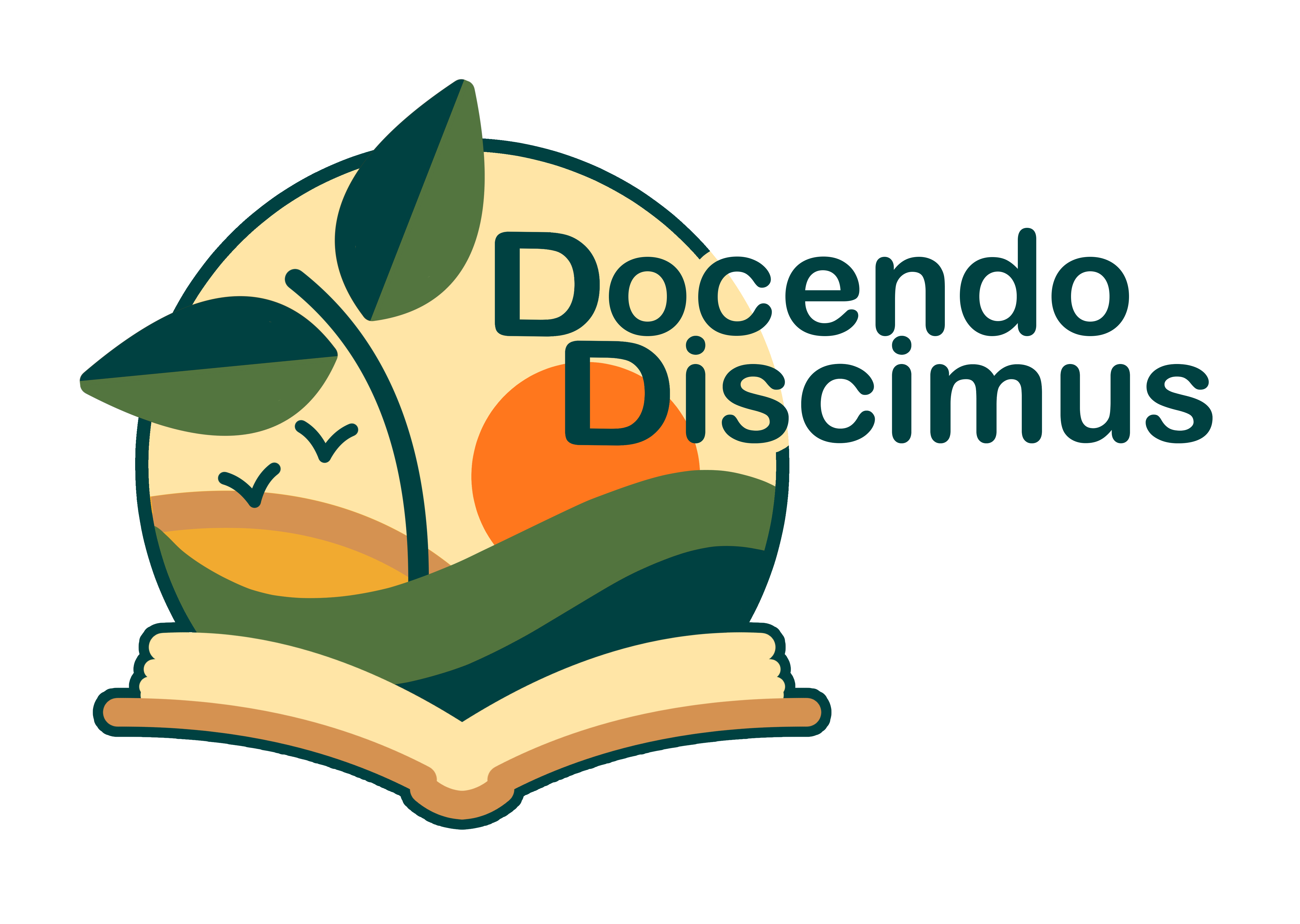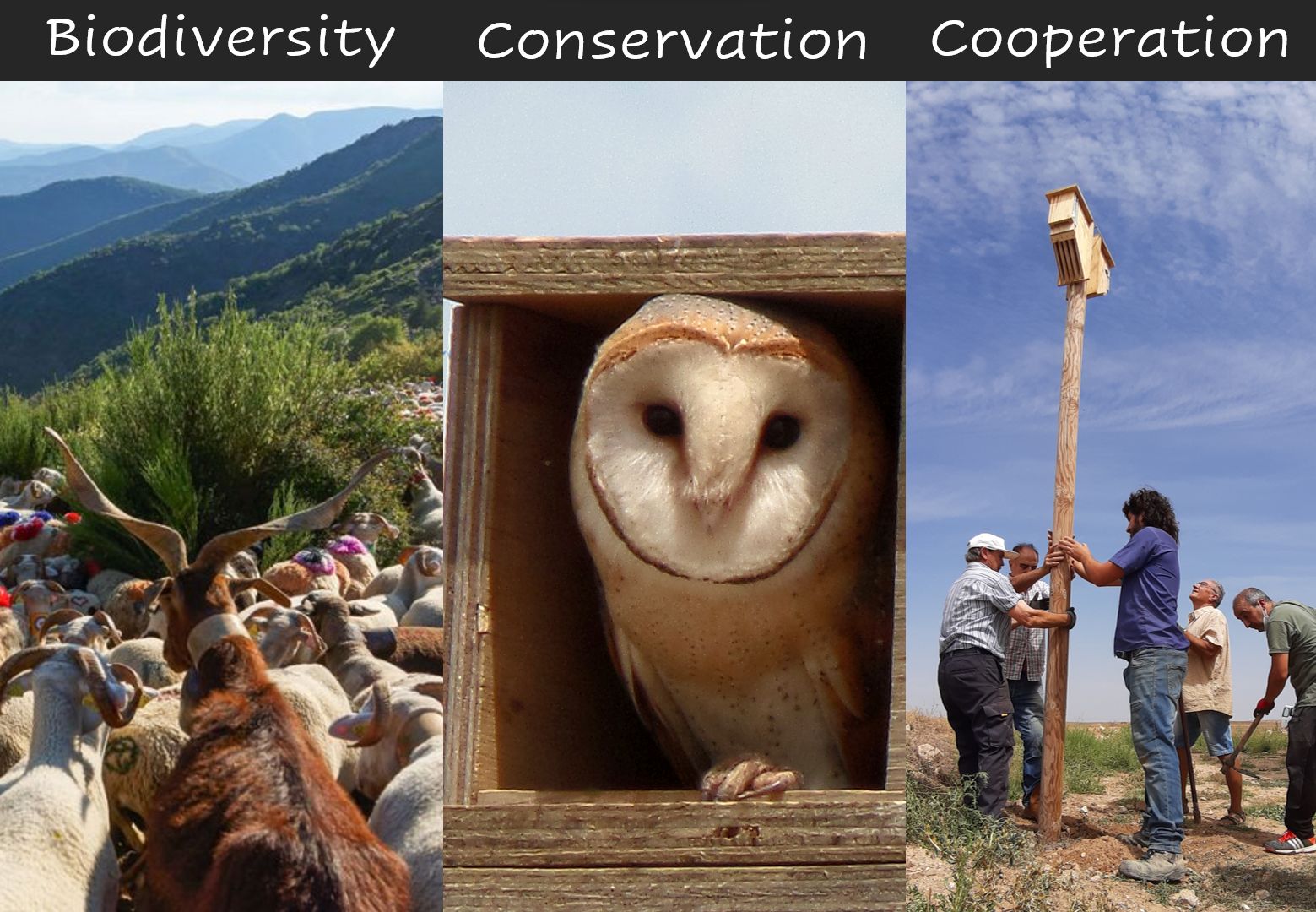The in-person activities are free for a selection of 20 groups from rural areas: 10 French and 10 Spanish.
- Initial Work: Presentation video of the group, their surroundings, and the agricultural activities carried out in the area (2 minutes are sufficient).
- Activity 1: Introduction. Activities to learn about our landscape, agricultural production, how the landscape changes throughout the year. Interviews. Selection of 1 or 2 emblematic species (for example, wheat, grapes, chickpeas, olives, sheep…). Knowledge of the faunistic biodiversity in our environment. DOWNLOAD PRESENTATION HERE.
- Session 1 Results: Create a Fact File for our species; generate written and visual Information about agricultural production and the landscape; create a set of Games to help us learn about the fauna and gain insight into the challenges they face for survival.
- Subsequent Participation: Get to know other groups and play the games they have created.
- Construction (organization): With all the work you have done, we will build an Agricultural Biodiversity Catalog.
INSECTS
MYTHS ABOUT POND INHABITANTS
GAME: BRIEF INTRODUCTORY GAME ON STEPPE BIRDS
ABOUT STEPPE BIRDS
STEPPE BIRDS IDENTIFICATION WORKSHOP
MEET THE HARRIERS
STEPPE WILDLIFE AND BIOLOGICAL PEST CONTROL
MEDITERRANEAN STEPPE CROPS
- Initial Work: Present the results of playing the games.
- Activity 2: Experiences and observations regarding practices that help or harm biodiversity and sustainability. We can explore the environment, take photos, make drawings, and conduct research through local people. Selection of 1 or 2 emblematic species (for example, wheat, grapes, chickpeas, olives, sheep…). Knowledge of the faunistic biodiversity in our environment.
- Session 2 Results: Along with the results from the previous session, we will define a challenge: What can we do for the biodiversity of our environment? These can be very specific or general challenges: creating signs about nest protection, insect hotels, informative campaigns about exotic species, ponds and water troughs, stone piles, observing nest box activity, and more.
- Subsequent Participation: Get to know and contribute ideas about the challenges defined by other groups.
- Construction (organization): With the set of challenges and activity results, a “Report on Sustainable Practices” will be created.
ACTIVITY: CONSERVATION OF THE MONTAGU’S HARRIER: THE FIELD INSPECTORS
ACTIVITY: CONSERVATION OF THE MONTAGU’S HARRIER II : COMIC THE STORY OF “CHUCHO” THE HARRIER
WORKSHOP: POLLINATORS AND INSECTS HOTEL
WORKSHOP: STEPPE BIRDS AND BIOLOGICAL PEST CONTROL
- Initial Work: It is necessary to define the requirements to carry out the challenge.
- Activity 3: Devoted to carrying out your challenge. It can be considered an environmental Service-Learning activity since you will collaborate with other groups, identify problems, and take action to improve your local environment.
- Session 3 Results: Documenting the progress of the challenge.
- Subsequent Participation: Observe and comment on the challenges of other groups.
- Construction (organization): Messages from Agricultural Ecosystems. We will gather messages and experiences from rural areas so that other groups, both rural and urban, can learn about and value biodiversity and agricultural activity while reflecting on consumption and consumerism in our society.
***
This session has been adapted to each group, depending on their environment, what they are working on at school, a particular interest of the students or following a school project they have developed. To know the details of each group, you can look in the tab ‘Collaborative work’ and in ‘Results’ you can see the final work that each one has done.
In the following link you can find a playlist or list of videos recorded by a live camera in an owl’s nest box: https://www.youtube.com/playlist?list=PLOxE6D4VoOK_vdwTz6_76Ir7AA5vtzYj9
Final event Spain: held on the 7th of June 2024, in GREFA, Madrid. Find out more HERE
Final event France: held on the 23rd of October 2024 in Nicouleau, Brissac.



